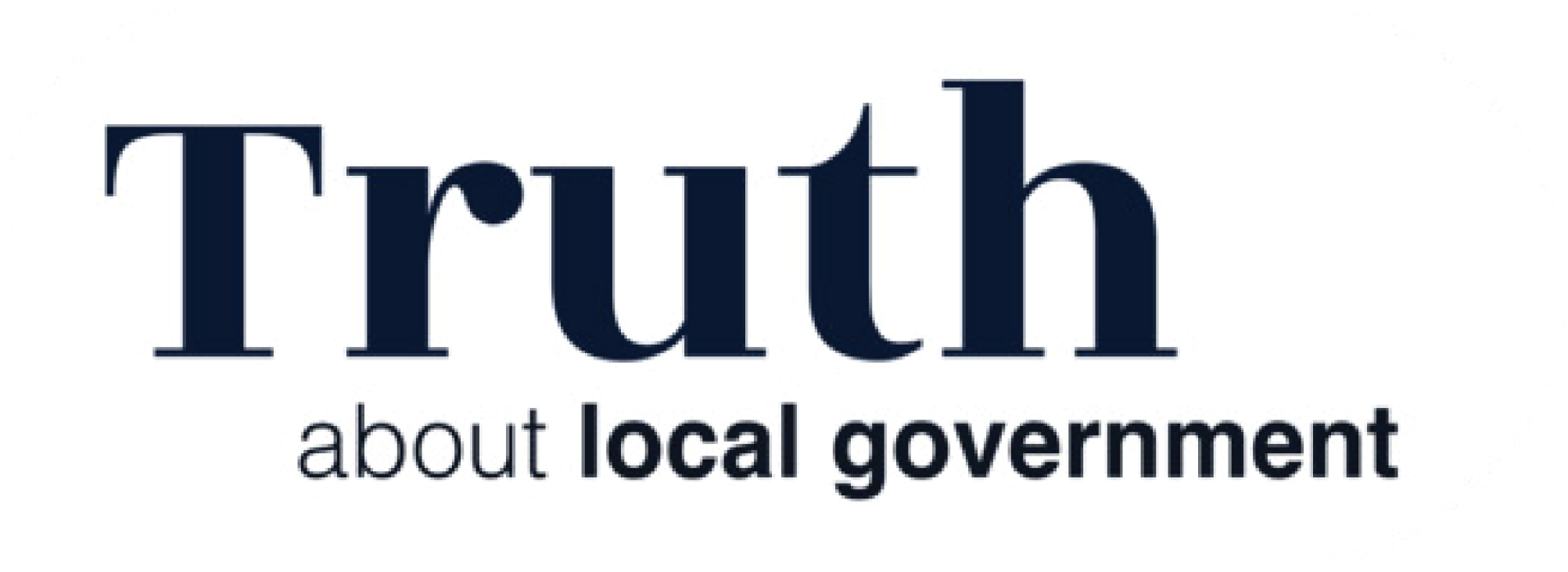Coaching by Example: The Psychology of Showing Others How to Lead
- truthaboutlocalgov
- May 17
- 4 min read
Why Demonstration Matters in Coaching
In the world of local government, leadership is not just about managing tasks—it’s about developing people. Officers who manage teams are increasingly expected to act as coaches, guiding others to grow, adapt, and lead. But coaching isn’t always about giving advice or setting goals. Sometimes, the most powerful form of coaching is simply showing others how it’s done.
This blog explores three psychological theories that support the idea of coaching through demonstration:
Insight Theory from the Gestalt psychologists
TOTE Model by Karl Pribram, George Miller, and Eugene Galanter
Role Modelling by Albert Bandura
Each theory offers a unique lens on how people learn by observing, reflecting, and imitating. Together, they provide a practical framework for local government officers who want to lead by example and coach with impact.
1. The Gestaltists: Insight Theory and the Power of Perception
Theory Summary: Learning Through Sudden Realisation
The Gestalt psychologists—most notably Wolfgang Köhler—developed Insight Theory to explain how learning often occurs not through trial and error, but through sudden, meaningful understanding. Köhler’s famous experiments with chimpanzees showed that they could solve problems (like retrieving bananas with sticks) not by random attempts, but by perceiving the solution in a flash of insight.
“The whole is different from the sum of its parts.”— Gestalt principle
Insight learning is about seeing the bigger picture—recognising patterns, relationships, and solutions that aren’t immediately obvious.

Application for Local Government Officers
As a coach, you can help others develop insight by:
Demonstrating problem-solving in real time: Let your team observe how you approach complex issues, especially when the path forward isn’t clear.
Encouraging reflection: After a decision or action, invite your team to discuss what they noticed and what they learned.
Creating ‘aha’ moments: Use questions and scenarios that challenge assumptions and prompt new ways of thinking.
By modelling thoughtful, reflective leadership, you help others learn not just what to do—but how to think.
2. Pribram, Miller & Galanter: The TOTE Model – A Blueprint for Behaviour

Theory Summary: Test – Operate – Test – Exit
In 1960, Karl Pribram, George Miller, and Eugene Galanter introduced the TOTE model as a way to describe how humans regulate behaviour. It stands for:
Test: Assess the current situation against a goal.
Operate: Take action to move closer to the goal.
Test: Reassess to see if the goal has been met.
Exit: If the goal is achieved, stop; if not, repeat the cycle.
This model was one of the first to describe behaviour as a feedback loop, and it laid the groundwork for modern cognitive psychology and systems thinking.
“The TOTE unit is the basic unit of behaviour.”— Miller, Galanter & Pribram (1960)
Application for Local Government Officers
The TOTE model is a powerful coaching tool because it mirrors how effective leaders operate:
Set clear goals: Help your team define what success looks like.
Demonstrate iterative problem-solving: Show how you test assumptions, adjust strategies, and learn from feedback.
Encourage autonomy: Teach others to use the TOTE loop themselves—especially when navigating uncertainty or change.
By modelling this structured approach, you equip your team with a mental framework they can apply to any challenge.
3. Albert Bandura: Role Modelling and Social Learning
Theory Summary: Learning by Observation
Albert Bandura’s Social Learning Theory revolutionised our understanding of how people learn. He argued that much of human learning happens through observation and imitation, not just direct experience. His famous Bobo doll experiments showed that children who observed adults behaving aggressively were more likely to imitate that behaviour themselves.
“People not only gain understanding through reflection, they evaluate and alter their own thinking.”— Albert Bandura
Bandura introduced the concept of modelling—the idea that people learn by watching others, especially those they see as competent, credible, and relatable.

Application for Local Government Officers
As a leader and coach, you are always modelling behaviour—whether you realise it or not. To coach effectively through role modelling:
Be intentional: Demonstrate the behaviours, attitudes, and values you want to see in your team.
Be visible: Let others see how you handle pressure, make decisions, and treat people.
Be human: Share your learning process, including your mistakes and how you grow from them.
When people see you navigating challenges with integrity and resilience, they’re more likely to emulate those qualities themselves.
Bringing It All Together: Coaching by Doing
These three theories—Insight Theory, the TOTE model, and Role Modelling—offer a cohesive framework for coaching through demonstration:
Theory | Key Idea | Coaching Application |
Insight Theory | Learning through sudden understanding | Create reflective spaces and model problem-solving |
TOTE Model | Behaviour as a feedback loop | Demonstrate goal-setting, action, and adjustment |
Role Modelling | Learning through observation | Embody the behaviours you want to develop in others |
Together, they remind us that coaching isn’t always about formal sessions or structured plans. Sometimes, the most powerful coaching happens in the everyday moments—when someone watches how you lead, listens to how you speak, or notices how you respond under pressure.

Conclusion: Lead the Way by Living the Way
In local government, where the pace is fast and the stakes are high, coaching can feel like a luxury. But when you coach by example, you turn everyday leadership into a learning opportunity. You show your team not just what to do, but how to think, adapt, and grow.
By drawing on the insights of the Gestaltists, Pribram and colleagues, and Bandura, you can become a more intentional, impactful coach—one who leads not just with words, but with action.
“Example is not the main thing in influencing others. It is the only thing.”— Albert Schweitzer



